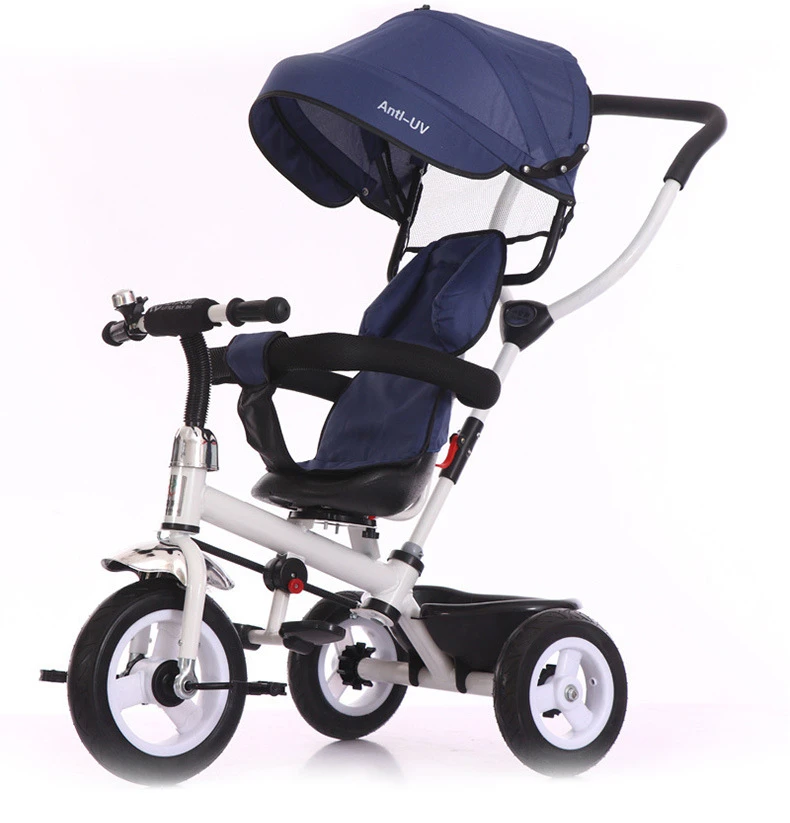mountain bike categories
Understanding Mountain Bike Categories A Guide for Enthusiasts
Mountain biking is an exhilarating sport that allows riders to explore the great outdoors while tackling challenging terrain. With diverse environments and unique challenges, mountain bikes are categorized into several types to suit different riding styles and conditions. Whether you're a beginner or a seasoned rider, understanding these categories can significantly enhance your biking experience.
1. Cross-Country (XC) Bikes
Cross-country bikes are designed for speed, efficiency, and climbing. These lightweight bicycles often feature a suspended front fork or a full suspension system, which helps absorb shocks from uneven terrain. XC bikes excel on both flat and hilly trails, making them perfect for long-distance rides and races. Riders looking for a bike that can cover significant distances while maintaining a good level of agility should consider an XC bike.
2. Trail Bikes
Trail bikes are the all-rounders of the mountain biking world. They provide a balance between climbing ability and descending performance. Typically, trail bikes have a slightly longer frame and are equipped with a moderate amount of suspension travel (around 120-150mm). This makes them adaptable to various terrains, allowing riders to feel confident whether they're navigating steep climbs or rough descents. Trail biking appeals to those who enjoy diverse trails and varied difficulty levels.
3. All-Mountain (Enduro) Bikes
If you crave adventure and want to tackle more technical trails, all-mountain bikes—or enduro bikes—are a fantastic choice. These bikes feature more robust components and greater suspension travel (often between 150-180mm) to handle the demands of rugged terrain. They are designed for climbing as well as descending, emphasizing stability and control on steep and challenging trails. All-mountain biking typically involves more aggressive riding, and these bikes are made to withstand the rigors of downhill sections while still allowing for climbs.
As the name suggests, downhill bikes are specifically designed for descending steep, technical trails at high speeds. These bikes boast maximum suspension travel (often exceeding 200mm) and sturdy frames, providing excellent shock absorption and stability. However, they are not built for climbing; instead, riders rely on lifts or shuttles to reach the top of their runs. Downhill biking is thrilling and requires a high level of skill, as riders must navigate jumps, drops, and tight corners while maintaining speed.
mountain bike categories

5. Freeride Bikes
Freeride bikes combine elements of downhill and all-mountain bikes, created for riders who love performing tricks, jumps, and stunts. While they often feature characteristics similar to downhill bikes, freeride bikes are generally lighter and have a more versatile geometry, allowing for easier maneuverability. These bikes often have between 140-200mm of suspension travel, and they are ideal for riders looking to express their creativity on the trails, parks, or in urban settings.
6. Fat Bikes
Fat bikes are distinct in their design, featuring oversized tires that enable them to traverse soft and loose terrain, such as snow, sand, and mud. These bikes offer greater stability and traction than traditional mountain bikes, making them perfect for adventurous riders who want to explore off-the-beaten-path trails. Fat biking is a unique experience, connecting riders to environments that might otherwise be inaccessible.
Choosing the Right Mountain Bike Category
Selecting the right category of mountain bike depends on several factors, including your riding style, preferred terrain, and skill level. For beginners, starting with a trail bike can provide the versatility needed to tackle a variety of trails. More advanced riders looking to specialize may prefer enduro, downhill, or freeride options based on their preferences for terrain and challenges.
Before making a decision, it’s essential to test ride different bike types to determine which one feels the most comfortable and enjoyable. Local bike shops often provide opportunities to rent or demo bikes, allowing you to experience various features firsthand.
Conclusion
Mountain biking offers a thrilling escape into nature, with each category catering to different riding styles and preferences. By understanding the characteristics of each category, you can choose the right mountain bike to enhance your riding experience. Whether you enjoy the speed of cross-country biking, the all-round capabilities of trail bikes, or the adrenaline rush of downhill riding, there’s a perfect bike waiting for you on the trails. Happy riding!
-
The Perfect Baby TricycleNewsAug.11,2025
-
Ride into Fun with Bikes for KidsNewsAug.11,2025
-
Ride into Adventure with the Perfect Kids Balance BikeNewsAug.11,2025
-
Fun and Safe Riding with the Best Childrens ScootersNewsAug.11,2025
-
Find the Perfect Childrens Bike for Your Little OneNewsAug.11,2025
-
Explore the Best Baby Tricycles for Your Little OneNewsAug.11,2025
-
Three-Wheel Light-Up Scooter Benefits for KidsNewsJul.11,2025








